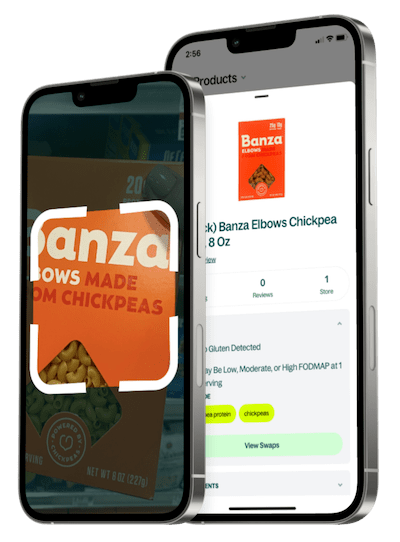Is Italian style bread crumbs Gluten Free?


Ingredients
Enriched flour (flour, malted barley, niacin, ferrous sulfate, thiamin mononitrate [vitamin b1], riboflavin [vitamin b2], folic acid), high fructose corn syrup, corn syrup, partially hydrogenated vegetable oil (soybean and/or cottonseed and/or corn and/or canola oils), water, salt. contains 2% or less of yeast, honey, molasses, sugar, wheat gluten, whey, soy flour, whole wheat flour, rye flour, corn flour, oat bran, oat flour, corn meal, rice flour, potato flour, butter, dough conditioners (mono - and diglycerides, sodium and/or calcium stearoyl lactylate, soy lecithin, calcium carbonate), yeast nutrients (ammonium sulfate, calcium sulfate, monocalcium phosphate), distilled vinegar, skim milk, buttermilk, lactic acid, calcium propionate (preservative), potassium sorbate (preservative), sesame seeds, sunflower seeds, eggs, dehydrated parsley, romano cheese made from cow's milk (skim milk, cheese culture, salt, enzymes), spices, onions, garlic, celery, paprika (color).
What is a Gluten Free diet?
A gluten-free diet excludes all foods containing gluten, a protein found in wheat, barley, rye, and their derivatives. It's essential for people with celiac disease, gluten intolerance, or wheat allergy, as consuming gluten can trigger inflammation and digestive issues. Common gluten-containing foods include bread, pasta, cereals, and baked goods, though many gluten-free alternatives now exist using rice, corn, or almond flour. Beyond medical necessity, some people choose a gluten-free lifestyle for perceived health benefits, though experts emphasize the importance of maintaining a balanced diet rich in fiber, vitamins, and minerals when eliminating gluten-containing grains.


